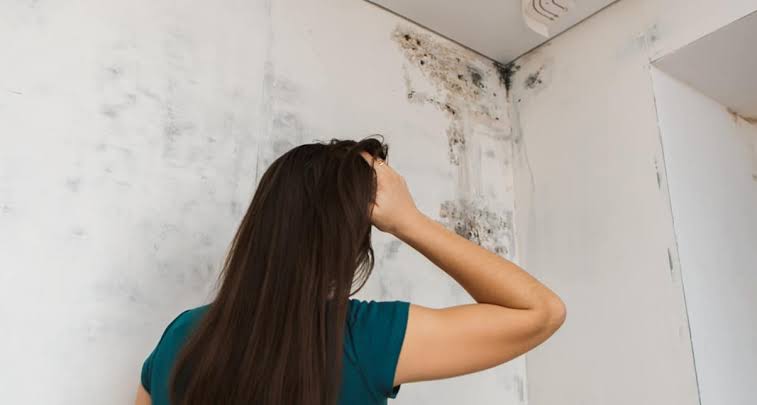
Water damage can strike unexpectedly and cause serious problems for homeowners. Whether it’s a burst pipe, a roof leak, or flooding, acting quickly can make all the difference in protecting your home and minimizing repair costs. Follow these essential steps if your home has water damage to stay safe and begin the recovery process.
Step 1: Turn Off the Water Supply
If water damage is caused by a burst pipe or a malfunctioning appliance, locate and shut off the main water valve immediately. This will stop the flow of water and prevent further flooding. Knowing where your water shut-off valve is located ahead of time can save valuable minutes in an emergency.
For major leaks near electrical outlets, ensure you also turn off the electricity in the affected area to avoid the risk of electric shock.
Step 2: Assess the Damage and Document Everything
Once the water flow is under control, assess the extent of the damage. Look for standing water, damaged walls, ceilings, floors, and any affected belongings. Take photos and videos to document the damage thoroughly—this is crucial for filing an insurance claim.
Pro Tip: Keep a list of damaged items, including approximate values. This documentation will help when dealing with your insurance provider.
Step 3: Remove Standing Water
Standing water can quickly lead to mold growth and further structural damage, so it’s critical to remove it as soon as possible. Here’s how you can tackle it:
- Use a wet/dry vacuum to suck up water from floors.
- Towels and mops can help with smaller puddles.
- For larger areas, consider renting a pump or calling in professionals.
Standing water isn’t always visible—be sure to check carpets, rugs, and other areas where water may have soaked through.
Step 4: Dry Out the Area Completely
Drying is one of the most important steps in the water damage restoration process. Use fans, dehumidifiers, and open windows to circulate air and remove moisture from the affected area. For hidden moisture behind walls or under floors, it’s best to consult a professional.
Why it Matters: Even a small amount of leftover moisture can lead to mold growth within 24 to 48 hours. Mold can spread quickly and cause health issues, especially for those with allergies or respiratory conditions. To learn more about the dangers of mold, visit the EPA’s guide to mold and moisture.
Step 5: Protect Your Belongings
Move furniture, electronics, and other valuables to a dry, safe area. Items that have been exposed to water should be dried out immediately. For delicate items like documents, photos, or textiles:
- Lay them flat to dry.
- Use fans to gently circulate air over them.
- Avoid exposing them to direct heat, which can cause further damage.
Some items, such as upholstered furniture or mattresses, may be difficult to salvage and could require professional cleaning or replacement.
Step 6: Contact Your Insurance Company
File an insurance claim as soon as possible to ensure your coverage applies. Provide your insurer with all the documentation you’ve gathered, including photos, videos, and an inventory of damaged items. Many insurance policies require prompt reporting of water damage, so don’t delay.
Check your policy to understand what’s covered. Flood damage, for example, is often not included in standard homeowners’ insurance and may require separate coverage.
Step 7: Call a Professional Water Damage Restoration Service
Water damage can be deceptive—what looks minor on the surface may hide serious issues beneath. Professional water damage restoration services have the tools and expertise to:
- Identify hidden water damage.
- Remove excess water and thoroughly dry the area.
- Prevent mold growth and restore your home to its original condition.
If you’re in the Dallas-Fort Worth area, contact 817-455-9342 for expert water damage restoration services. Our team is ready to help you recover quickly and efficiently.
Prevent Future Water Damage
Once the immediate crisis is under control, take steps to prevent water damage in the future. Regular maintenance can go a long way:
- Inspect your roof regularly for missing shingles or leaks. Learn how to identify roof problems in our Signs of Water Damage guide.
- Keep gutters and downspouts clear to ensure proper drainage.
- Install a sump pump in your basement to protect against flooding.
- Insulate your pipes during colder months to prevent bursts.
Conclusion
Water damage can be overwhelming, but quick action and the right steps can minimize its impact on your home. Remember to shut off the water supply, document the damage, remove standing water, dry the area thoroughly, and contact your insurance provider. Most importantly, seek professional help to ensure your home is fully restored.
If you’re dealing with water damage in the DFW area, don’t hesitate to call us at 817-455-9342. We’re here to help you get your home back to normal.
